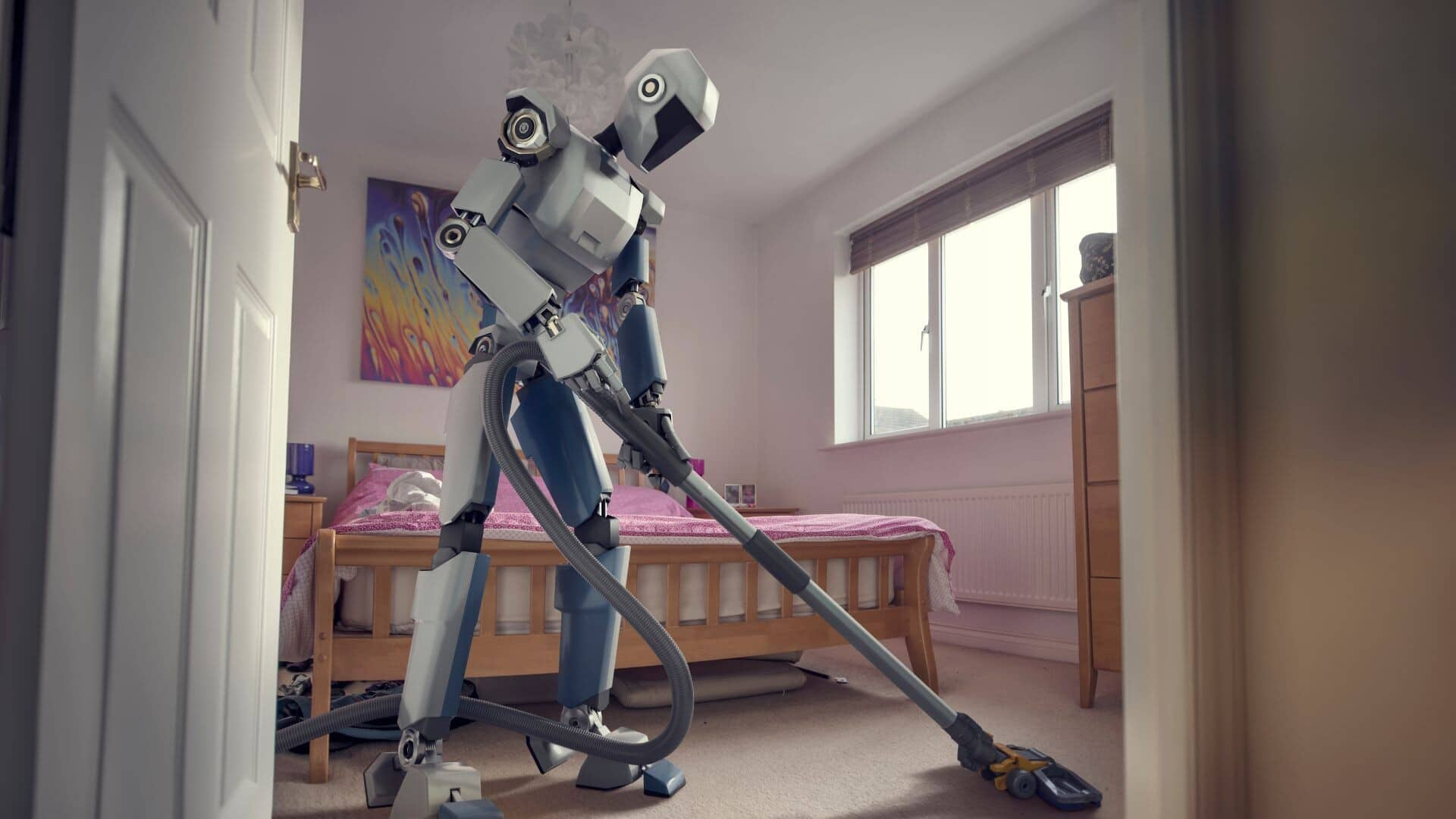
MIT's new tech helps robots learn on the job
What's the story
Researchers from the Massachusetts Institute of Technology (MIT)'s Computer Science and Artificial Intelligence Laboratory (CSAIL), and The AI Institute have developed an innovative algorithm. This technology, known as the "Estimate, Extrapolate, and Situate" (EES) algorithm, enables robots to adapt their functionality in new environments. The breakthrough was presented at the Robotics Science and Systems Conference last month.
Functionality
Enhancing performance in diverse settings
The EES algorithm is designed to enhance the autonomous learning capabilities of robots, potentially improving their efficiency in various environments such as factories, homes, hospitals, and coffee shops. It uses a vision system to monitor the robot's surroundings and assist it in performing tasks more effectively. The algorithm estimates the reliability of a robot's performance in an action and determines if further practice would be beneficial.
Skill enhancement
EES algorithm boosts robots' skill refinement process
The EES algorithm also predicts a robot's overall task performance after refining the skill through practice. After each attempt, the vision system checks if the skill was performed precisely. Per Nishanth Kumar, co-lead author of a paper describing the work and a CSAIL affiliate, EES can help robots improve without human intervention after some practice trials. "Now, we have an algorithm that enables robots to get meaningfully better at specific skills in a reasonable amount of time" Kumar said.
Practical application
Effectiveness demonstrated in research trials
The effectiveness of the EES algorithm was demonstrated during research trials on Boston Dynamics's Spot quadruped at The AI Institute. The robot successfully completed manipulation tasks after several hours of practice guided by EES. In one instance, it learnt how to securely place a ball and ring on a slanted table in about three hours. In another demo, it improved at sweeping toys into a bin within roughly two hours.
Challenges
Limitations and future potential
Despite its success, the EES algorithm has some limitations. The researchers used tables that were low to the ground for easier object visibility, and an attachable handle was 3D printed to make the brush easier for Spot to grab. The robot also failed to detect some items and misidentified objects in certain places, which were counted as failures by the researchers. Despite these challenges, EES represents a significant step forward in robotic technology.